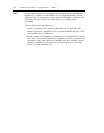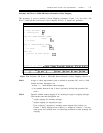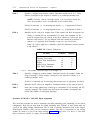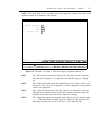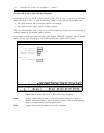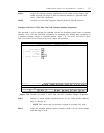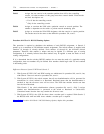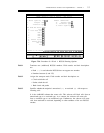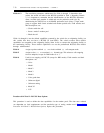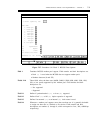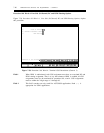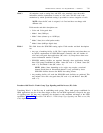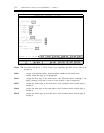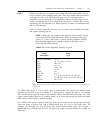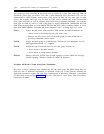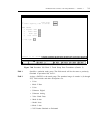
7-78
ADMINISTRATION OPTIONS AND REQUIREMENTS — GENERIC 2
Fields 4-13
The translation parameters administered for fields 4 through 13 determine what
actions the switch will take for the BCCOS specified in field 1. Regarding Generic
2, it is important to remember that the administration (of the BCCOS) determines
when a modem pool member is added and not the particular trunk type. By
administering the BCCOS on an AAR/ARS preference basis allows a single trunk
group to support both circuit switched and modem pooled calls. Field encodes and
their descriptions are:
0
1
2
Circuit switch the call
Insert a mode 2 modem pool
Block the call
Fields 14 through 16 are the default capabilities assumed by the switch for an originating facility (on
this switch) that does not have a BCCOS IE (non-ISDN). The switch assumes these default
capabilities are acceptable to the originating facility when it tries to connect the originating facility to
the terminating facility. These default capabilities are not the predefineed BCCOSs that default
through administration.
Field 14
Assigns a packet switched (1) or a circuit switched (0) call transport mode
Field 15
Assigns a clear (1) or a restricted (0) channel type. This relates to calls outgoing
from an endpoint, except for DMI modes 0 or 3.
Field 16 Used for an outgoing call BC IE (except for BRI modes). Field encodes and their
descriptions are:
0
1
2
Voice
Mode 1
Mode 2
3
4
5
Mode 3
Mode 0
Voice grade data
6
7
8
9
Unknown digital
Unknown analog
Mode 3/2
X.25
Procedure 014 Word 2: BCCOS Data Options
This procedure is used to define the data capabilities for the modem pools. The data rates selected
are dependent on local requirements and the particular type of analog modem used. Figure 7-37,
Procedure 014 Word 2: BCCOS Data Options, depicts this procedure.



